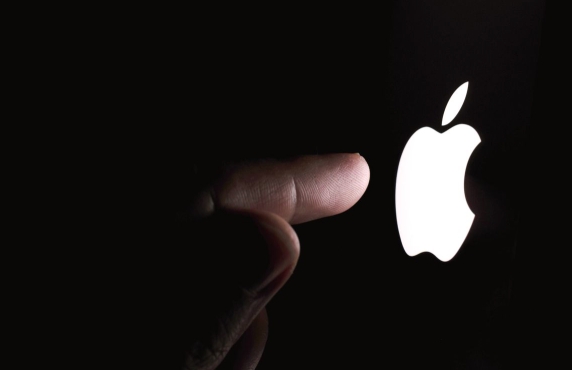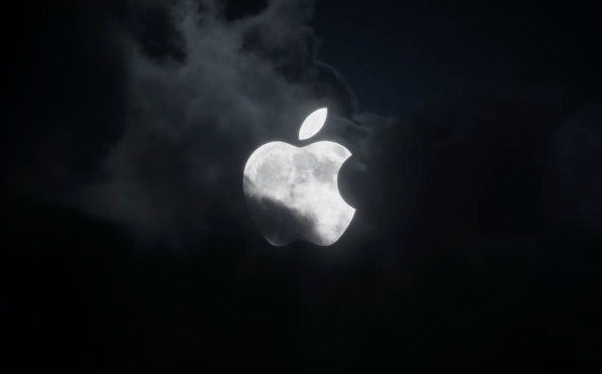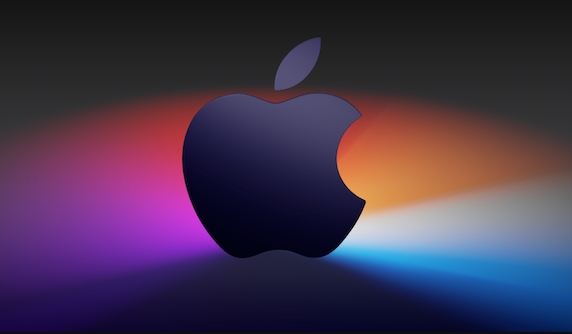The Touch Bar on MacBook Pro is a customizable OLED strip that replaces traditional function keys and adapts to apps for quick access to tools and shortcuts. 1. The default layout includes Touch ID on the left, app-specific controls in the middle (like back/forward in Safari or editing tools in Photos), and system controls on the right (volume, brightness, media). 2. Customize the Control Strip by going to System Settings > Keyboard > Keyboard Shortcuts > Touch Bar, then drag icons like Screen Lock, Siri, or Emoji Picker to show or hide them. 3. Switch Touch Bar modes by pressing the fn key or setting a default in System Settings: choose between App Controls Expanded Control Strip, Expanded Control Strip Only, or Function Keys (F1, F2, etc.) for full-time F-key access. 4. Use hidden gestures such as pressing and holding the emoji button for more options, swiping on sliders for precise adjustments, tapping and holding Touch ID to shut down, and accessing Quick Actions in Finder for file management. 5. Enhance functionality with third-party apps like BetterTouchTool or Karabiner-Elements to add custom buttons, macros, app-specific layouts, or system monitors like CPU usage. Once customized, the Touch Bar becomes an intuitive, efficient extension of your workflow.

The Touch Bar on MacBook Pro is a thin, multi-touch OLED strip above the keyboard that replaces the function keys on older models. It dynamically changes based on what app you're using, giving you quick access to shortcuts, controls, and tools. Here’s how to make the most of it.

Understand the Default Layout
When you first start using your MacBook Pro, the Touch Bar shows a mix of system controls and app-specific functions. On the far left, you’ll usually see the "Touch ID" button (which also acts as the power button and login/Apple Pay authenticator). On the right are system controls like brightness, volume, keyboard backlight, and media playback.
In the middle, the content changes depending on what you're doing:

- In Safari: back/forward buttons, smart search field, and tab controls.
- In Messages: emoji button, send, and text formatting.
- In Final Cut Pro or Photos: playback controls, color adjustment sliders, and editing tools.
Just tap or swipe on the Touch Bar to interact—no special gestures needed.
Customize the Control Strip
The right side of the Touch Bar is called the Control Strip, and you can customize which icons appear:

- Go to System Settings (or System Preferences) > Keyboard.
- Click "Keyboard Shortcuts…" then select "Touch Bar".
- Drag icons between "Expanded Control Strip" and "Collapsed Control Strip" to choose what shows up.
Common options include:
- Screen brightness
- Volume
- Mission Control
- Launchpad
- Siri
- Screen lock
- Emoji picker
You can also add "Custom Touch Bar" items using automation tools like Shortcuts or BetterTouchTool for advanced control.
Switch Between Touch Bar Modes
You can change how the Touch Bar behaves:
- App Controls Expanded Control Strip (default): Shows app-specific tools on the left, system controls on the right.
- Expanded Control Strip Only: Always shows system controls; no app-specific buttons.
- Function Keys: Turns the entire Touch Bar into F1, F2, etc., like a traditional keyboard.
To switch:
- Tap the fn (function) key on your keyboard to toggle between modes temporarily.
- Or go to System Settings > Keyboard and set the default behavior under "Touch Bar shows".
If you frequently use F-keys (e.g., for full-screen apps or developer tools), set it to show F1, F2, etc. by default.
Use Hidden Gestures and Tips
- Press and hold certain buttons (like the emoji icon) to reveal more options.
- Swipe left/right on sliders (e.g., brightness or volume) for finer control.
- Tap and hold the power button (Touch ID) to force restart or shut down.
- Use Quick Actions in Finder: select a file, and the Touch Bar shows share, rename, quick look, or markup options.
Also, in text-heavy apps like Notes or Mail, the Touch Bar may suggest text replacements, emoji, or formatting—just tap to insert.
Bonus: Use Third-Party Apps for More Power
While macOS offers basic customization, apps like BetterTouchTool or Karabiner-Elements let you:
- Add custom buttons for scripts or macros
- Create app-specific Touch Bar layouts
- Add buttons for volume in finer increments
- Display system info like CPU usage or battery percentage
These are great if you want deeper integration or productivity boosts.
Using the Touch Bar effectively takes a little time, but once you customize it to match your workflow, it becomes a fast, intuitive tool. Start by adjusting the Control Strip and setting your preferred default mode—everything else builds from there.
The above is the detailed content of How to use the Touch Bar on MacBook Pro. For more information, please follow other related articles on the PHP Chinese website!

Hot AI Tools

Undress AI Tool
Undress images for free

Undresser.AI Undress
AI-powered app for creating realistic nude photos

AI Clothes Remover
Online AI tool for removing clothes from photos.

Clothoff.io
AI clothes remover

Video Face Swap
Swap faces in any video effortlessly with our completely free AI face swap tool!

Hot Article

Hot Tools

Notepad++7.3.1
Easy-to-use and free code editor

SublimeText3 Chinese version
Chinese version, very easy to use

Zend Studio 13.0.1
Powerful PHP integrated development environment

Dreamweaver CS6
Visual web development tools

SublimeText3 Mac version
God-level code editing software (SublimeText3)
 How to Remove Old Devices from Apple ID on Mac
Jul 07, 2025 am 09:08 AM
How to Remove Old Devices from Apple ID on Mac
Jul 07, 2025 am 09:08 AM
If you've owned multiple Apple devices over the years, you might find yourself in a situation where some of those older Macs, iPhones, iPads, or other Apple hardware have been sold, given away, or traded. No matter how they left your possession, it's
 How to Play Fortnite on Mac with FnMacAssistant & Sideloadly
Jul 05, 2025 am 09:21 AM
How to Play Fortnite on Mac with FnMacAssistant & Sideloadly
Jul 05, 2025 am 09:21 AM
Fortnite is once again available for iPhone and iPad users, bringing joy to many gamers. However, there's still no official version for Mac (at least not yet). Despite that, Apple Silicon Mac owners aren’t completely out of luck—you can run the iOS/i
 How to Enable iCloud Private Relay on Mac
Jul 05, 2025 am 09:36 AM
How to Enable iCloud Private Relay on Mac
Jul 05, 2025 am 09:36 AM
iCloud Private Relay is an excellent privacy feature included with the iCloud subscription, designed to safeguard your online activity and browsing by masking your IP address (using a temporary one) and encrypting DNS lookups. This prevents third pa
 How to Make MacOS Sequoia Feel Faster: Tips to Speed Up Slow MacOS
Jul 05, 2025 am 09:28 AM
How to Make MacOS Sequoia Feel Faster: Tips to Speed Up Slow MacOS
Jul 05, 2025 am 09:28 AM
macOS Sequoia is a solid operating system that brings some impressive features like iPhone Mirroring, and while performance is excellent for many users, not everyone experiences the same level of speed. If you're finding macOS Sequoia slower than pre
 How to See All Links Shared in Messages on iPhone & iPad
Jul 05, 2025 am 09:31 AM
How to See All Links Shared in Messages on iPhone & iPad
Jul 05, 2025 am 09:31 AM
If you frequently use iMessage, then you've likely shared numerous web links in your chats — maybe an article, a video, a tweet, a song, or anything else. Locating these links later can be quite frustrating, but thankfully there's a simpler method th
 Create a MacOS Tahoe 26 Beta VM with Three Commands in Terminal Using tart
Jul 06, 2025 am 09:28 AM
Create a MacOS Tahoe 26 Beta VM with Three Commands in Terminal Using tart
Jul 06, 2025 am 09:28 AM
Advanced Mac users familiar with the command line can swiftly set up a MacOS Tahoe 26 beta virtual machine by entering a few commands into Terminal, using tart. Tart is a command-line utility for managing virtual machines and offers one of the quicke
 WindowServer Quit Unexpectedly: How to Fix It on Mac Air/Pro?
Jul 05, 2025 am 09:17 AM
WindowServer Quit Unexpectedly: How to Fix It on Mac Air/Pro?
Jul 05, 2025 am 09:17 AM
What is WindowServer and why is it importantWindowServer is a core macOS process that manages how apps and windows appear on screen. It handles GUI rendering, controls internal and external displays, and enables all vis
 iOS 15.3 Beta 2 & iPadOS 15.3 Beta 2 Released for Testing
Jul 06, 2025 am 09:25 AM
iOS 15.3 Beta 2 & iPadOS 15.3 Beta 2 Released for Testing
Jul 06, 2025 am 09:25 AM
While Apple has just made iOS 15.2.1 and iPadOS 15.2.1 available to all users, they have also rolled out the second beta of iOS 15.3 and iPadOS 15.3 for those participating in Apple's beta testing programs for mobile operating systems.In addition, ne






